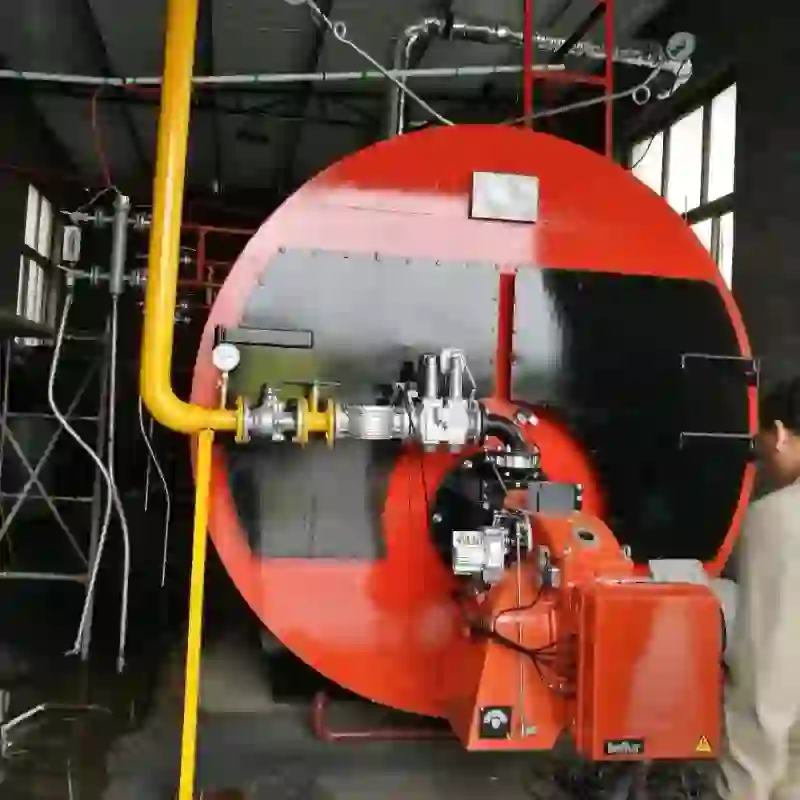
Dec . 12, 2024 21:49 Back to list
types of steam in boiler
Types of Steam in Boilers
Steam plays a pivotal role in various industrial processes, serving as a fundamental resource in power generation, heating, and mechanical processes. Within boiler systems, steam can be classified into distinct types based on its characteristics, applications, and production methods. Understanding these types is essential for efficient boiler operation and maintenance.
1. Saturated Steam
Saturated steam is the most common form of steam produced in boilers. It represents a state where the steam is in equilibrium with water at a given pressure and temperature. In this state, steam contains the maximum amount of moisture it can hold. Saturated steam is widely utilized in heating applications because it carries a significant amount of latent heat. This type of steam is often used in textile processing, food production, and heating systems.
Saturated steam can further be sub-classified into low-pressure and high-pressure steam. Low-pressure saturated steam is typically produced in low-capacity boilers and is commonly used in heating applications. In contrast, high-pressure saturated steam is generated in high-capacity boilers for applications that require increased energy output, such as electricity generation in power plants.
2. Superheated Steam
Superheated steam refers to steam that has been heated beyond its saturation point, without an increase in pressure. This process involves additional heat being applied to saturated steam, effectively raising its temperature. Superheated steam has a higher thermal energy content and does not condense within the equipment it powers, making it ideal for driving turbines in power plants. The benefits of superheated steam include enhanced efficiency and improved energy output.
Superheated steam is crucial in applications such as steam turbines and internal combustion engines where temperatures must be maintained for optimal performance. This type of steam is also used in various industrial processes that require higher temperatures for chemical reactions or other physical processes.
types of steam in boiler

3. Flash Steam
Flash steam is generated when high-pressure water is allowed to drop quickly to a lower pressure, causing a portion of the water to vaporize into steam. This phenomenon is utilized in various processes where steam needs to be generated quickly without significant energy consumption. Flash steam systems often utilize the waste pressure from other processes, making them an economically and environmentally friendly option.
In practice, flash steam systems can help improve overall efficiency by capturing and reusing steam that would otherwise be wasted. Industries that commonly use flash steam include food processing, paper manufacturing, and any other sector where recovery of energy from steam is needed.
4. Condensate Steam
Condensate steam, or condensate, is the liquid formed when steam cools and loses its latent heat. This liquid can be recycled and reused in the boiler system, improving efficiency by reducing the need for fresh water and energy to generate new steam. Proper management of condensate is vital for achieving optimal boiler performance.
In addition to conserving resources, utilizing condensate can help maintain desired temperatures and pressures within the boiler system, ultimately leading to increased overall efficiency. Efficient condensate management is integral in industries such as pharmaceuticals, food and beverage, and petrochemicals.
Conclusion
The different types of steam in boiler systems—saturated, superheated, flash, and condensate—play significant roles in various industrial applications. Each type has its unique characteristics, advantages, and specific uses that contribute to increased efficiency, reduced energy consumption, and effective heat transfer. Understanding these distinctions is essential for operators and engineers to optimize steam systems, enhance productivity, and maintain safety standards in various industries. By effectively managing and utilizing these types of steam, industries can achieve greater sustainability and operational excellence over time.
-
Oil Fired Hot Water Boilers Sale - High Efficiency & Affordable
NewsJul.31,2025
-
High-Efficiency Commercial Oil Fired Steam Boiler for Industry
NewsJul.30,2025
-
High-Efficiency Biomass Fired Thermal Oil Boiler Solutions
NewsJul.30,2025
-
High Efficiency Gas Fired Thermal Oil Boiler for Industrial Heating
NewsJul.29,2025
-
High-Efficiency Gas Fired Hot Water Boiler for Sale – Reliable & Affordable
NewsJul.29,2025
-
High Efficiency Biomass Fired Hot Water Boiler for Industrial and Commercial Use
NewsJul.29,2025
Related PRODUCTS






















